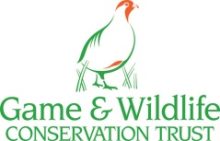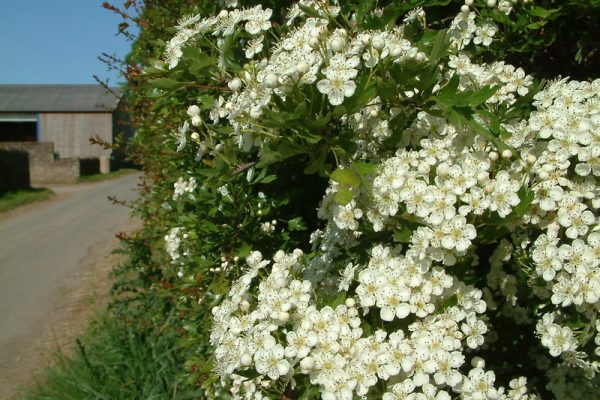Conservation of Farmland Birds
Guide outlining the three pillars to a successful conservation approach; created to support a ‘Conservation of Farmland Birds’ workshop held at Peppering Farm in Sussex.
Resource explained
This guide was put together to support the ‘Conservation of Farmland Birds’ workshop held at Peppering Farm in Sussex, in June 2022; a collaboration between GWCT and Agricology and funded by The Ernest Kleinwort Charitable Trust and The Lawson Trust. Peppering farm, in partnership with GWCT, lead partner in the Interreg PARTRIDGE Project, have successfully developed a scalable solution for increasing farmland bird populations whilst maintaining farm profitability. In recent years they have laid 9 miles of new hedging and currently dedicate 12% of their farmland to conservation, with the remainder farmed as before. This approach has been developed primarily to ensure grey partridge populations (an indicator species for a healthy farm environment), thrive. It has also demonstrated a significant positive impact across other farmland birds. Extensive research across Europe has identified 3 pillars of an approach that can successfully reverse the decline in farmland biodiversity, supporting more varied flora and fauna. This guide explains the 3 pillars and how they have been applied at Peppering Farm.
Findings & recommendations
- UK farmland bird indicators have fallen by 54% since 1970. Modern farming techniques have created challenging conditions for farm ecosystems and bird life particularly, reducing insect numbers and the nesting habitats they need to survive.
- The three pillars to a successful conservation approach referred to are:
- Providing nesting and overwinter habitat
- Food sources
- Predation control during nesting
- You can help provide suitable habitat by activities such as leaving hedges uncut during the nesting season and cutting in a rotation to allow a dense base to develop, introducing wildflower margins/plots in field corners that remain uncut during May – August, rotating crops throughout the year, leaving winter stubble where possible, and creating beetle banks for additional nesting habitat and sustainable food sources (ensuring they don’t connect with field edges to minimise predation).
- Nesting birds need a constant supply of seeds and fresh green material, while newly hatched chicks require protein-rich insects to promote growth and feathering up. The closer the food resources are to their nesting sites, the better.
- Maintain food sources by: Introducing conservation headlands with arable flora and free from herbicides or summer pesticides, using flower-rich, diverse wild bird covers that flower June – August, creating mid-field beetle-banks to increase populations of beneficial insects and small mammals, including seed-bearing winter crops, providing supplementary bird food via feeders in winter and spring (located close to nesting sites), and ensuring overhead cover to minimise risk of predation.
Find out more about the project this relates to and view footage of the farm tour here.






